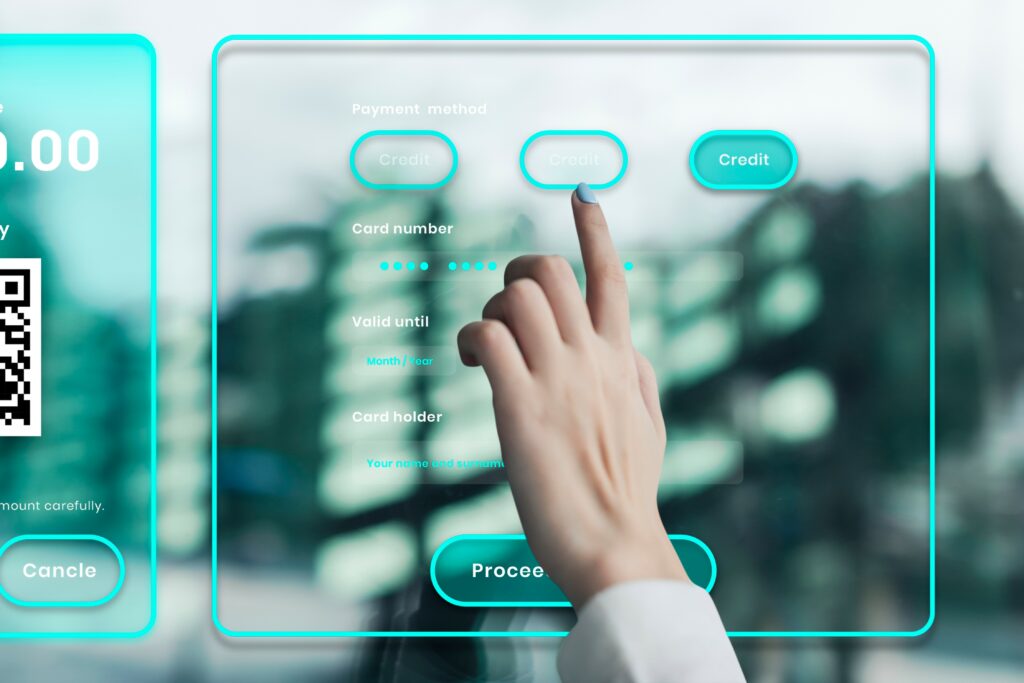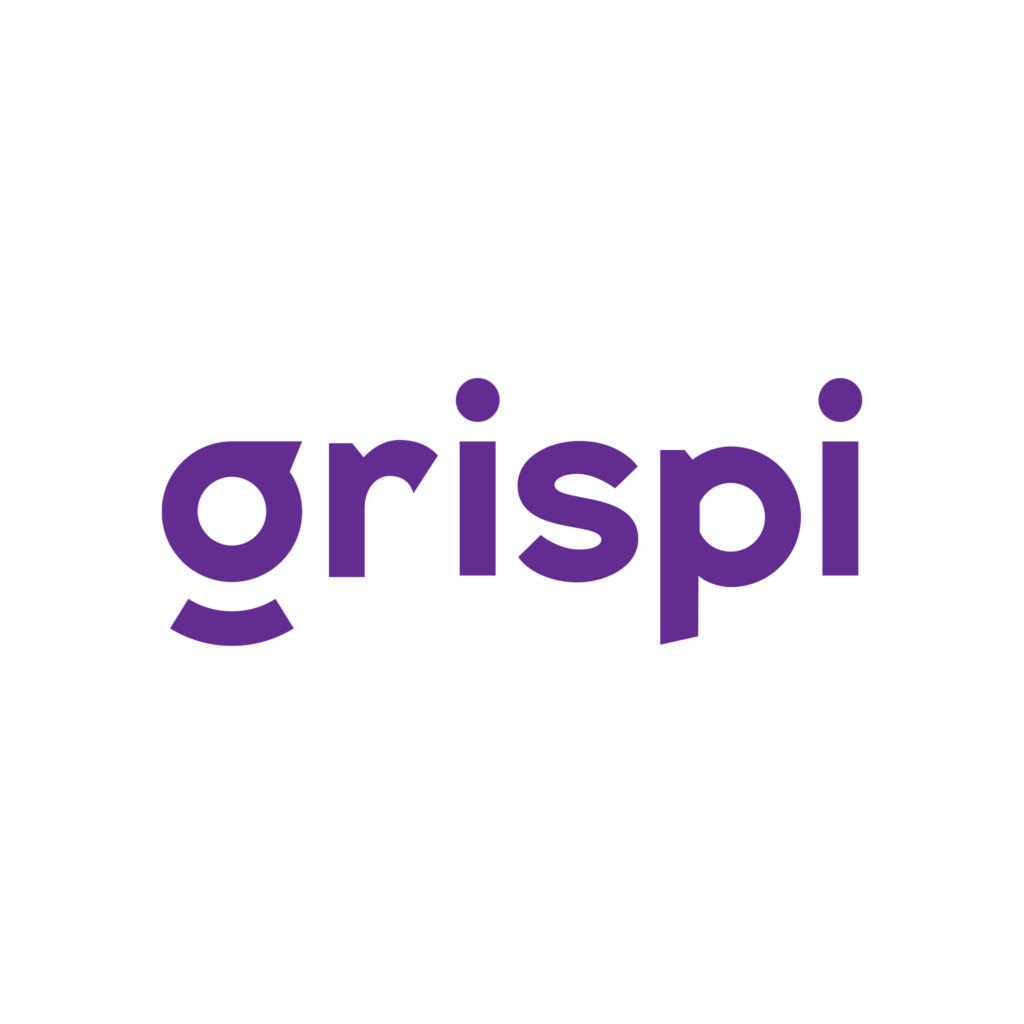Most Effective Strategies for Managing Customer Service Tickets
- January 11, 2024
In the dynamic realm of customer service, effectively managing customer service tickets is crucial. Businesses strive to enhance customer satisfaction while optimizing their support teams’ efficiency. This article explores the most effective strategies for managing customer service tickets, ensuring prompt and high-quality resolutions.
Prioritize Tickets Based on Urgency and Impact
Understanding Ticket Prioritization:
Ticket prioritization involves categorizing tickets based on their urgency and impact on both the customer and the business. This approach ensures that critical issues are addressed promptly, improving customer satisfaction and operational efficiency.
Implementing an Effective Prioritization System:
Categorize Tickets: Classify tickets based on urgency, customer type (e.g., VIP customers), and potential business impact.
Automate Prioritization: Utilize a CRM tool like Grispi to automatically assign priority levels based on predefined criteria.
Regularly Review Prioritization Logic: Continuously assess and adjust the criteria to reflect evolving business needs and customer expectations.

Streamline Ticket Routing and Assignment
Efficient routing ensures that each ticket reaches the right person at the right time, minimizing delays and maximizing resolution quality.
Strategies for Effective Ticket Routing:
Skill-Based Routing: Assign tickets to agents with the relevant expertise.
Workload Balancing: Distribute tickets evenly to prevent burnout and maintain service levels.
Leverage Automation: Use tools like Grispi to automate routing, improving speed and accuracy.
Implement a Knowledge Base for Quick Resolution
A centralized knowledge base empowers both customers and agents to find solutions faster, reducing ticket volume and resolution times.
Benefits of a Knowledge Base:
- Faster resolution
- Reduced agent workload
- Improved customer self-service
Creating an Effective Knowledge Base:
Comprehensive Content: Include FAQs, troubleshooting guides, and product documentation.
Regular Updates: Keep the knowledge base current by continuously incorporating new issues and solutions.
Easy Accessibility: Ensure the knowledge base is easily accessible and searchable for both agents and customers.

Utilize Customer Feedback for Continuous Improvement
Customer feedback is a critical resource for refining the ticket management process and identifying service gaps.
Incorporating Feedback Effectively:
Collect Feedback: Use post-resolution surveys and feedback tools to gather insights.
Analyze Trends: Identify recurring issues and bottlenecks from the collected feedback.
Implement Changes: Apply insights to improve processes, agent training, and overall strategy.

Embrace Technology and Automation
Leveraging modern technology helps streamline support operations, reduce manual tasks, and improve response times.
Technology and Automation Strategies:
CRM Integration: Use a tool like Grispi to centralize ticket handling and customer interaction history.
Automation Tools: Automate common actions such as ticket categorization, routing, and follow-up notifications.
Data Analytics: Monitor metrics like first response time, resolution time, and customer satisfaction to identify areas for improvement.

Foster a Culture of Continuous Learning and Improvement
To sustain service excellence, it’s essential to build a customer service culture that embraces ongoing learning and growth.
Building a Learning Culture:
Regular Training: Offer continuous learning opportunities to update knowledge and skills.
Encourage Knowledge Sharing: Create a collaborative environment where team members exchange insights and best practices.
Feedback Loop: Implement a system where agents can provide suggestions and share ideas for improving workflows and tools.
Effective customer service ticket management is a multifaceted effort that requires balancing responsiveness, efficiency, and adaptability. By applying the strategies outlined above—from prioritization and routing to automation, feedback, and team development—businesses can deliver seamless, timely, and high-quality support experiences that drive long-term customer satisfaction and loyalty.
Contact Us
Fill out the form for detailed information and demo account, let us call you.
